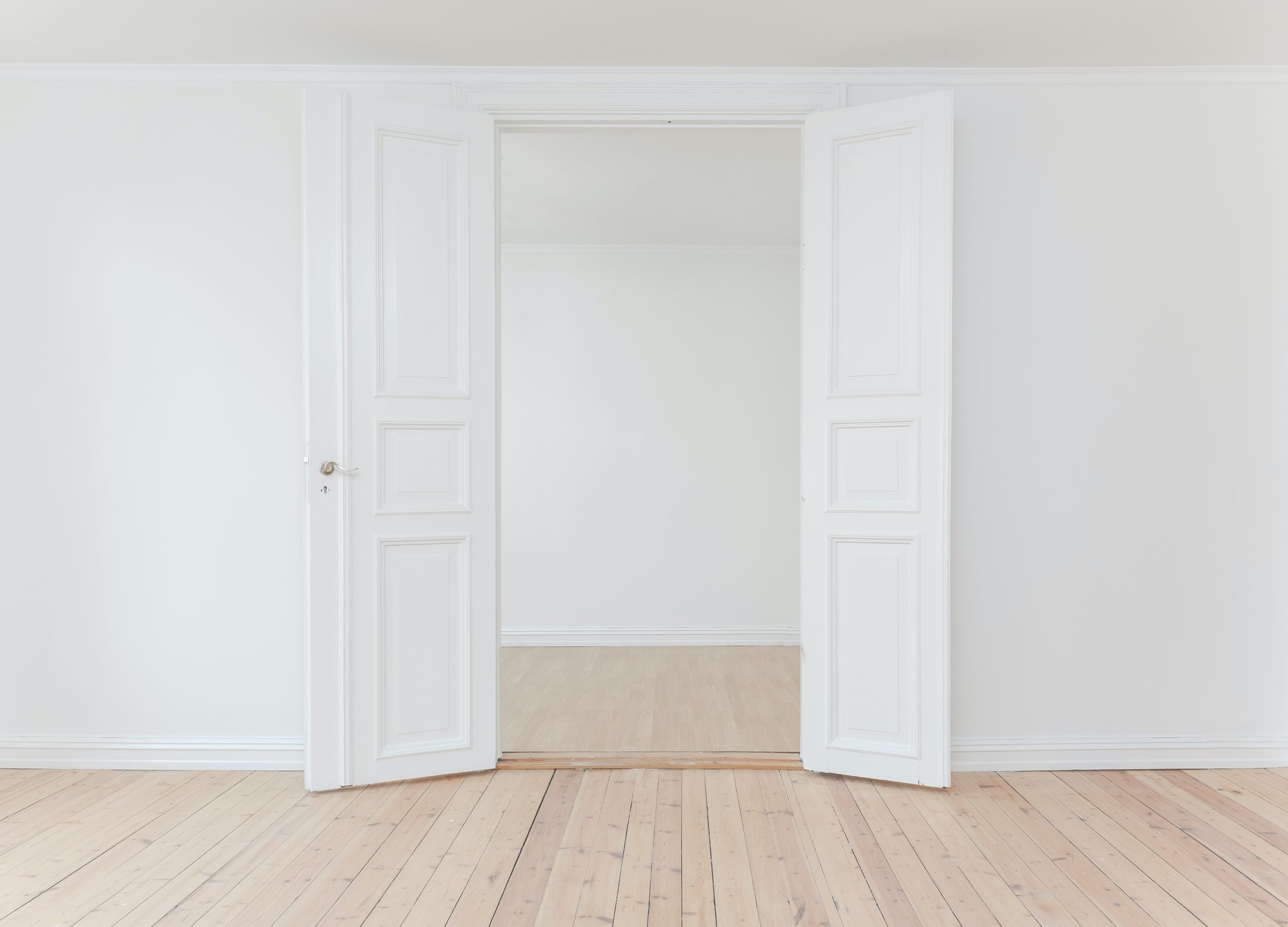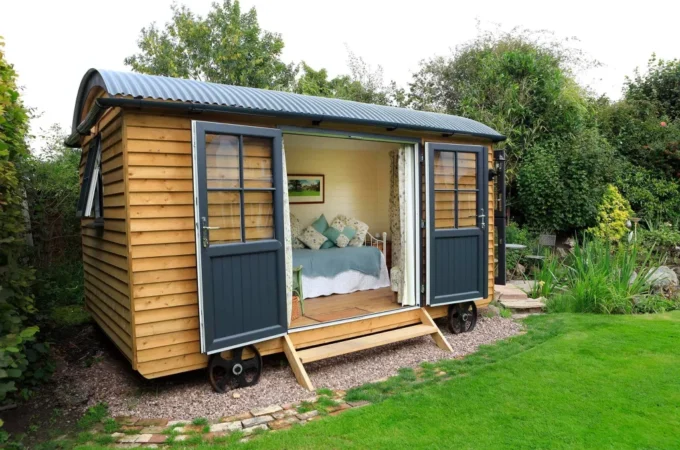
Turning a Blank Canvas Into a Dream Home – Tiny Tricks for Big Results
Having a brand-new home that you can decorate to your heart’s content is what dreams are made of for most people. But that dream can easily turn into a nightmare when you realize the amount of work and effort you have to put in to turn this fresh place into a cozy and welcoming home that bares your personal touch. Sure, it can’t be denied that starting with a clean slate offers plenty of benefits. You get to design a space where no one has lived before, so you won’t be influenced by anyone else’s style choices or have to deal with their horrible décor mistakes. Everything is in perfect condition; you can easily use every corner and nook to its full potential and add your own mark.
But all these advantages pale when dealing with a lack of design vision, especially if you’re on a tight budget and your options are not exactly limitless. What are you going to do with all that space and empty rooms? If your mind is as blank as the walls that you’re looking at, fret not. We’ve got just the right tips to help you overcome your decorator’s block and make the entire process more enjoyable and less overwhelming.
Define each space
Before you start thinking about colors, furnishings, and accessories, you have to focus on the functionality of the space and define each room’s purpose, so you can create a home that suits your specific needs. Traditionally, every room has a clearly defined role, but depending on your lifestyle, you might need a certain space to fulfill more than just one function.
For example, you may want your living room to double as a home office, or your kitchen to transform into an entertainment space for guests. Think about how you intend to use the space in real life, not how other people would use it. It’s your home, so you set the rules.
Figure out your decorating style
From minimalist or industrial to Scandinavian, shabby chic or rustic, there are countless design styles you can choose from, each of them with its own charm and appeal. The abundance of options poses a challenge in itself, as it can be difficult to decide which style resonates with you the most.
To make things easier, you should do a bit of research and learn about the distinct traits of each style, and how they differ from one another, so you can make a decision that you won’t regret later. Keep in mind however that you don’t have to limit yourself to one particular look and only use items that pertain to a certain style. You can bend the rules to your liking and mix and match different elements to create your very own decorating style. Creating a mood board should help you visualize how different décor pieces would work together and create a design plan for every room.

Decide on a color palette
Defining your style, whether it’s something very strict and specific or a combination of elements from different styles that you’ve created yourself, should make it easier for you to decide on the color palette that you’re going to use.
It’s best to stick to one color scheme throughout the house to ensure a cohesive design and create a flow in your space that will tie everything together. Besides, that will save you the trouble of having to choose a different color for every room. Start with one color and then use similar shades to create a unified décor for your home. Feel free to throw in a pop of color here and there to break up the monotony and spice things up a bit.
Keep it simple
If you don’t feel confident enough to bring in bold décor elements, or if you’re worried that things won’t turn out the way you envisioned, the best thing to do is to start small. Decorate your rooms progressively, starting with the largest pieces and then moving on to accessories and accent items.
You can always add more objects, layers, colors, textiles, and accessories as you advance and your rooms begin to take shape, but it’s not as easy to fix design mistakes, so make sure not to clutter the space from the get-go. This will allow you to change things along the way and switch up different accessories and décor elements as you see fit.
Integrate art into your interior design
If all the design and décor elements are already in place, from furniture and carpets to curtains, throws, and pillows, but your rooms still appear unfinished, art may be the missing piece in the puzzle. If you want your home to reflect your style and personality and bring character to your space, art pieces represent a powerful decorating tool.
You don’t have to invest a fortune in experience artwork to dress up your empty walls. You can choose beautiful photography prints like the ones found at Made at No 7 or scour thrift shops and antique fairs for hidden gems that can breathe life into your space. keep in mind that artwork is very personal, so there are no rules you have to follow here. Simply choose the pieces that fit your vision and integrate them into your home décor.
Set the mood with lighting
Wouldn’t it be great if every room in your house would be flooded with natural light? But since that’s not always possible, the next best thing is learning how to use different lighting fixtures to enhance your interior design and create the mood you want to achieve. It’s recommended to use a variety of light sources placed at strategic points throughout the home to make sure every individual area is properly lit and create interesting layered effects.
You don’t have to be a professional designer to decorate a house from scratch. As daunting as the process may look at first glance, you can achieve great results if you’re patient and willing to invest a bit of time and effort into it.




